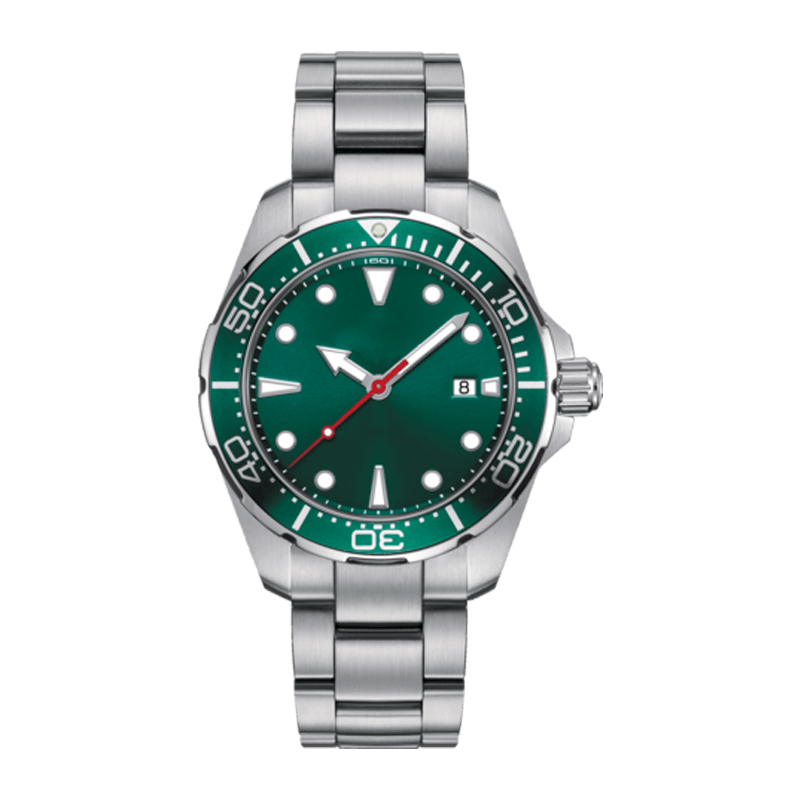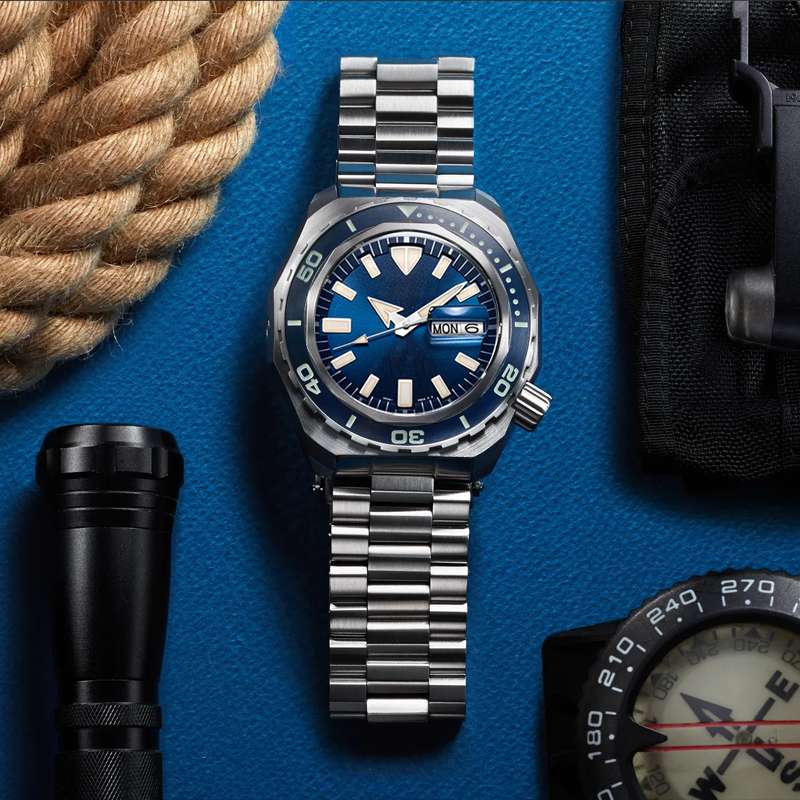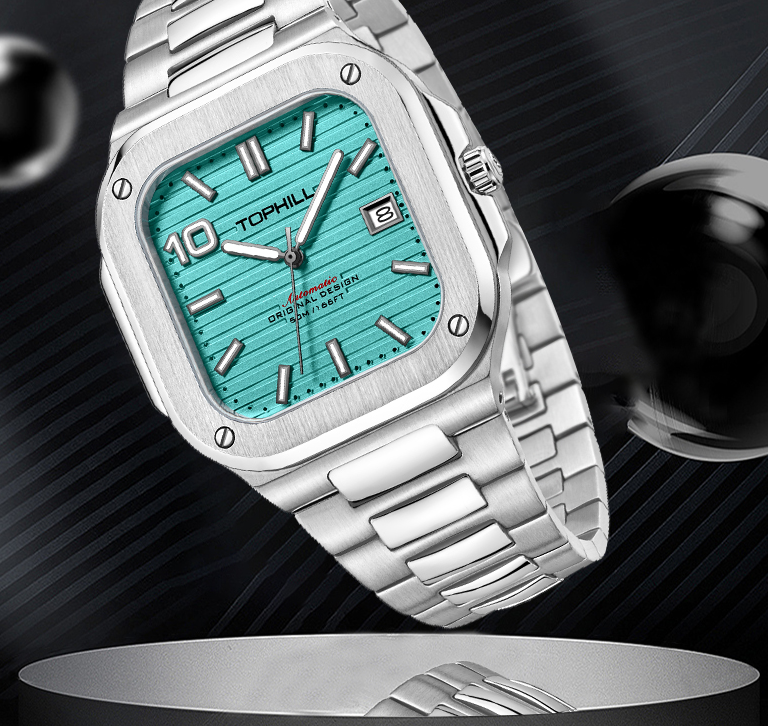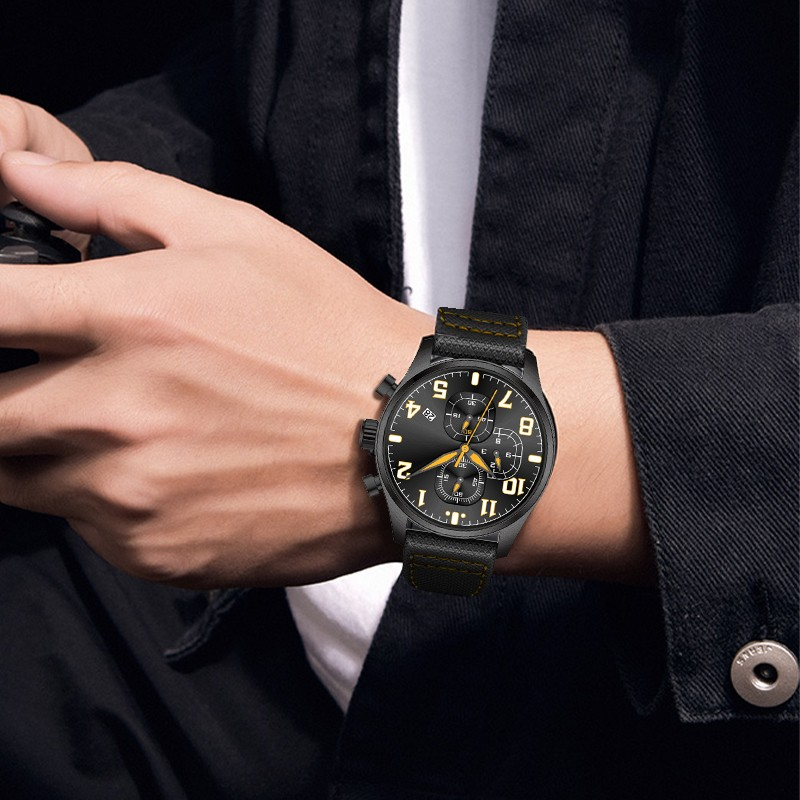Water Resistance Issues
Most branded watches are marked as water resistant, such as 30M, 50M, 100M, etc. Some watches also indicate they are non-water resistant. For water resistant watches, the marking means they have passed water resistance tests during production, but it cannot guarantee lifelong water resistance without maintenance. Many customers wearing expensive watches shower with them on. While there may not be water ingress initially, it can happen after a few times. If water does enter and is not addressed promptly, rusting will occur inside over time.
Watches should also not be worn in saunas or hot showers, as the heat will cause the gaskets to shrink. Hot air will enter the sealed case and cannot escape, causing fogging. This will lead to corrosion and rust if not addressed quickly. So watches should only be worn under normal conditions. Water resistance mainly relies on small rubber gaskets. Over time the rubber loses elasticity, resulting in gaps that allow ingress of moisture and air. Therefore, the sealing gaskets need to be replaced regularly to maintain water resistance.
Mechanical Operation Issues
Branded watches usually have mechanical movements. Mechanical watches rely on gears to operate. The jewels marked on watches do not refer to real diamonds, but indicate how many gear shafts have jewel bearings, usually synthetic rubies. The more jewels a watch has, the less friction and longer service life. Watch gears cannot be made of hard materials like diamonds, only steel. With tens of thousands of revolutions daily, the gears rely on tiny amounts of oil to reduce wear. Once the oil dries up, the unlubricated gears experience accelerated wear. In just a few years, the watch will reach the end of its lifespan.
Although watch oil is high quality, the small quantities still dissipate over the years. How long can hair-thin gear shafts resist wear and tear? Vintage watches had simpler structures and larger sizes, with thicker shafts, so some customers say their old watches can run over 10 years without service. Modern watches are getting smaller but cost dozens of times more. We cannot expect them to be like vintage watches.
Cosmetic Maintenance
Branded watches often use gold alloys and high-end leather. Although gold alloys contain mostly gold, hand sweat is acidic and air causes corrosion. Over time the watches lose their original shine without cleaning and polishing. White gold coatings also wear off gradually, exposing the yellow gold below. Regular replating is needed to keep white gold shiny and new. Leather straps are more prone to cracking and hardening from sweat. Normal care should avoid wearing leather straps in hot and humid conditions. Polishing steel cases and bracelets also helps retain value.
In summary, regular servicing significantly affects watch lifespan, since watches are absolute luxury items. Neglecting proper care can lead to damage and expensive losses. In daily use, make sure not to overlook periodic oiling and maintenance, so your beloved timepieces remain in optimal condition!
Tags: diving watch
 Tired of Leakage Issues? Can a Professio
Tired of Leakage Issues? Can a Professio
 What Are the 5 Key Features to Inspect B
What Are the 5 Key Features to Inspect B
 How to Clean Stainless Steel Bands: A De
How to Clean Stainless Steel Bands: A De
 How Does a Seiko Stainless Steel Watch C
How Does a Seiko Stainless Steel Watch C
Super Time